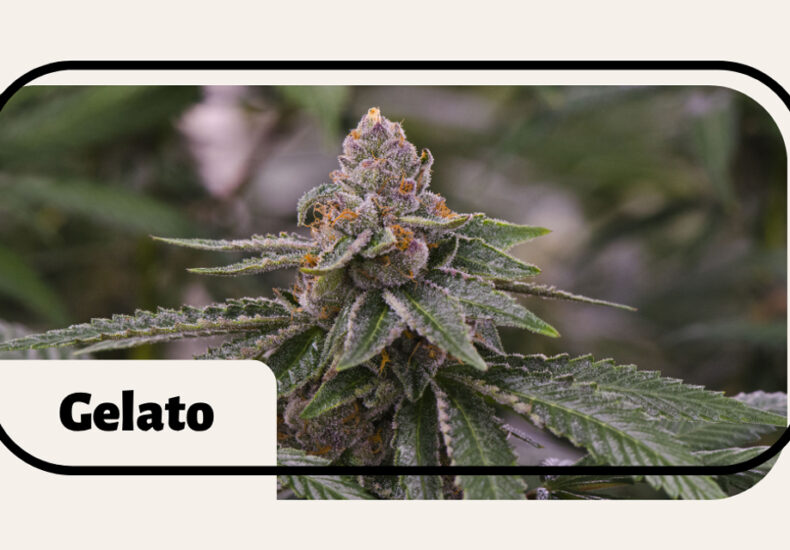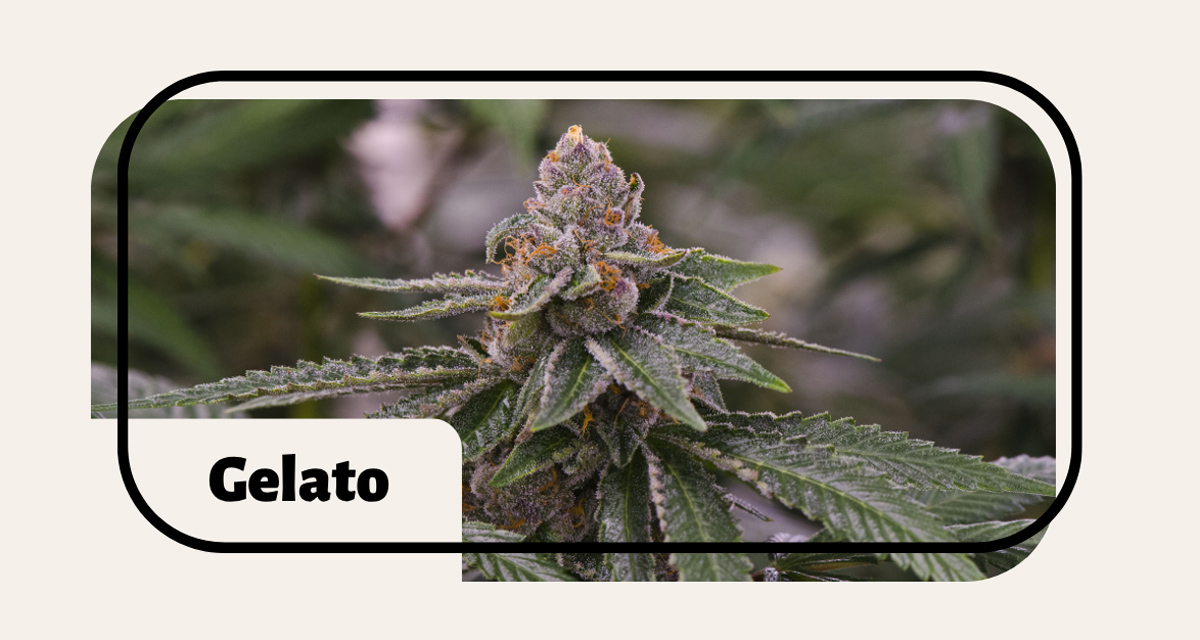
The wonderful world of cannabis is constantly changing as we learn and experience more. We are dedicated to increasing our knowledge and monitoring the many recent developments—ensuring you get the most out of this fascinating plant and truly connect with the cannabis community. As information is released, we take the time to assess its value, then ensure it is accessible to all who want to learn more about cannabis by sharing it with our community.
Knowledge is power, and even more so when you are pursuing an experience as impactful as cannabis use. We’ve created this education initiative to promote enlightenment before, during, and after you take your first hit. Join us as we learn more about cannabis every day.
Cannabis 101
Whether you are a new cannabis user or a seasoned connoisseur, thorough cannabis education is an extremely important part of partaking both safely and responsibly. Cannabis 101 will help a user of any level make informed cannabis choices—and get the most out of the cannabis experience. Whether you’re curious about smoking, edibles, vaping, tinctures, accessories, history, cannabis chemistry, or something else, Cannabis 101 provides extensive information to satisfy every curiosity.
Maximizing the experience and benefits of cannabis use often requires a bit of research. Unfortunately, it may not be obvious which resources are truly an authority on the subject—and you don’t want to trust just any source on the internet to serve as your cannabis guru. Fortunately, our Cannabis 101 guide was created by cannabis industry experts to provide you with all the resources needed to head into your cannabis journey with confidence.
Cannabis Consumption
Cannabis can be inhaled by combusting and smoking cannabis flower or inhaling vaporized flower and extracts. If you choose the inhalation method, the active compounds are absorbed into your bloodstream through the lungs, and you will feel the effects almost immediately. Oral consumption of cannabis, however, can vary a great deal.
When you eat or drink a food or liquid that has been infused with cannabis, it is absorbed through the digestive tract. Edible treats like this will have a delayed onset, but they are one of the most popular products on the market today. Conversely, tinctures—a mixture of cannabis and alcohol—are placed under the tongue, a method that has a rapid onset because it is quickly absorbed into the bloodstream through the much thinner skin there.


Cannabis Hardware and Tools
If you prefer to smoke cannabis flower, you should consider purchasing a grinder, a hand pipe, a bubbler or water pipe, rolling papers, a rolling tray, and a stash box to store your gear. Those who prefer to vape cannabis extracts should carefully consider the variety of battery and vape cartridges available for purchase. Alternatively, if you’re considering exploring dabbing, there are all manner of dab rigs, nails, and other dabbing tools that can make the cannabis experience even more exciting.
Cannabis Dosing Guide
Keep in mind: though this dosing guide is an excellent tool, it is always best to start at a lower dose and gradually work your way up to a higher dose if needed. It is also important to understand that different cannabis products will require different dosing approaches. For example, tinctures have a higher concentration of cannabinoids than dried flower and will therefore require less product to achieve similar effects. When dosing, you should also consider the onset time of your chosen intake method to avoid a too-high dose.


Cannabis Glossary
Immerse yourself in the world of cannabis with our extensive cannabis glossary of terms. This glossary or dictionary serves as a comprehensive guide to the top terminology, providing you with definitions and explanations of various terms and concepts related to cannabis. It’s an ideal starting point for newcomers and a valuable resource for seasoned enthusiasts looking to stay updated with the latest terminology.
Not only does this glossary help you understand the complex jargon of the cannabis industry, but it also enhances your overall experience with cannabis by deepening your understanding. From cultivation to consumption, from strains to science, our glossary covers it all. So, whether you’re just beginning your journey or keen on expanding your existing knowledge, visit our cannabis glossary to brush up on your vocab budz!
Common Cannabis Forms and Products
Truly great brands carried by a reputable dispensary can produce an incredibly diverse range of cannabis products. Developing an understanding of the plethora of options available to you can help you choose the best cannabis product for you. The vast list of cannabis forms and the products they’ve inspired enables you to achieve a truly sublime sensory experience.
Of course, the most traditional form of cannabis is dried flower, otherwise known as bud. Flower can be used in an astonishing variety of ways, including hand pipes, water pipes, cigar wraps, joints, chillums, herb vaporizers, and even processed to create baked goods. Cannabis extracts are a bit more complex and are created by extracting the active compounds from the plant using a wide array of processes.
These compounds create an oil that can be vaporized, refined to create other extracts and concentrates, or used to create food items. Cannabis tinctures are created by steeping the plant in alcohol and creating an herbal solution that can be taken orally. Cannabis topicals are products like lotion, sprays, transdermal patches, or balms that have been infused with cannabis.


Terpenes and Cannabis
Terpenes are responsible for the characteristic scents and flavors of all plants, including cannabis, evergreens, fruit-producing plants like orange and lemon, flowers like lavender, and herbs like rosemary. In nature, aromatic terpenes were developed to protect the plant from pests, disease, and animal grazing, but humans soon learned the scent and flavor benefits could be used to create many distinct products. For example, myrcene lends earthy, musky notes to many colognes, limonene provides a citrusy aroma, and linalool has a calming scent evocative of lavender.
Terpenes also play a significant role in how the body processes a particular cannabis strain. They are thought to not only interact with the ECS but also affect how cannabinoids impact the body. Each of the hundreds of terpenes exacts a unique effect on the brain and body and may alter the way the body experiences cannabinoid effects.
The Endocannabinoid System
Did you know? The fundamental compounds that give cannabis its unique characteristics (cannabinoids) interact with the human body via a specialized system. In fact, the human body needs cannabinoids to help keep its internal processes stable and functioning properly. The endocannabinoid system (ECS) is a vast network of densely packed cellular receptors and chemical signaling cells located throughout the brain and body.
Interestingly, cannabinoid receptors outnumber most of the other receptor types in the brain, and they help to control the levels and activity of other neurotransmitters. That means that the ECS plays a key role in most critical body functions, including memory, learning, sleep, emotional processing, pain control, temperature control, immune responses, and eating. Simply put, the endocannabinoid system is vital for our everyday functioning since it regulates many of our body’s critical functions to maintain homeostasis.
Even more intriguing is the fact that the various cannabinoids interact with the ECS differently. Tetrahydrocannabinol (THC) is the compound in cannabis that contributes most significantly to the cannabis sensory experience. THC binds with the cannabinoid receptors and causes a range of psychoactive effects. Cannabidiol (CBD) is another major compound in cannabis that also interacts with the ECS.


Understanding Cannabinoids
By now, you know that cannabis is a flowering plant with multiple practical applications, including food, building materials, and medicinal purposes. But did you know that within the cannabis plant, there are over 100 unique compounds known as cannabinoids? Cannabinoids are naturally produced by the plant and are the primary reason cannabis has so many uses.
Fascinatingly, the human body itself naturally produces endocannabinoids, which are compounds designed to work within the body’s endocannabinoid system (ECS) to modulate many body and brain processes. The similarities between the cannabinoids found in cannabis and the endocannabinoids produced by the body mean that cannabinoids can also interact with the body in an interesting fashion.
For example, the two best-known cannabinoids produced by the cannabis plant are tetrahydrocannabinol (THC) and cannabidiol (CBD). When these and other cannabinoids are taken into the body and bind with cannabinoid receptors, they stimulate the ECS and create a number of effects. These may include health benefits like chronic pain reduction, insomnia relief, neurological disorder support, and PTSD treatment, as well as more sensory-based applications like creativity, relaxation, and focus.
Cannabis Strain Guide
Cannabis is a diverse plant with countless strains, each offering unique effects, flavors, and experiences. In our Ultimate Cannabis Strain Guide, we break down the most popular strains from Indica, Sativa, and Hybrid categories. Learn how different strains can enhance creativity, reduce pain, or provide relaxation, and find out which ones might work best for your needs. Whether you’re new to cannabis or an enthusiast, this guide has something for everyone.

Explore
Continue Your Cannabis Learning with Dank Budz
Cannabinoids are an essential component of the therapeutic and psychoactive effects most people seek when they consume cannabis. However, they are far from the only important compounds found within our favorite plant. Keep reading to learn more about cannabis science.







